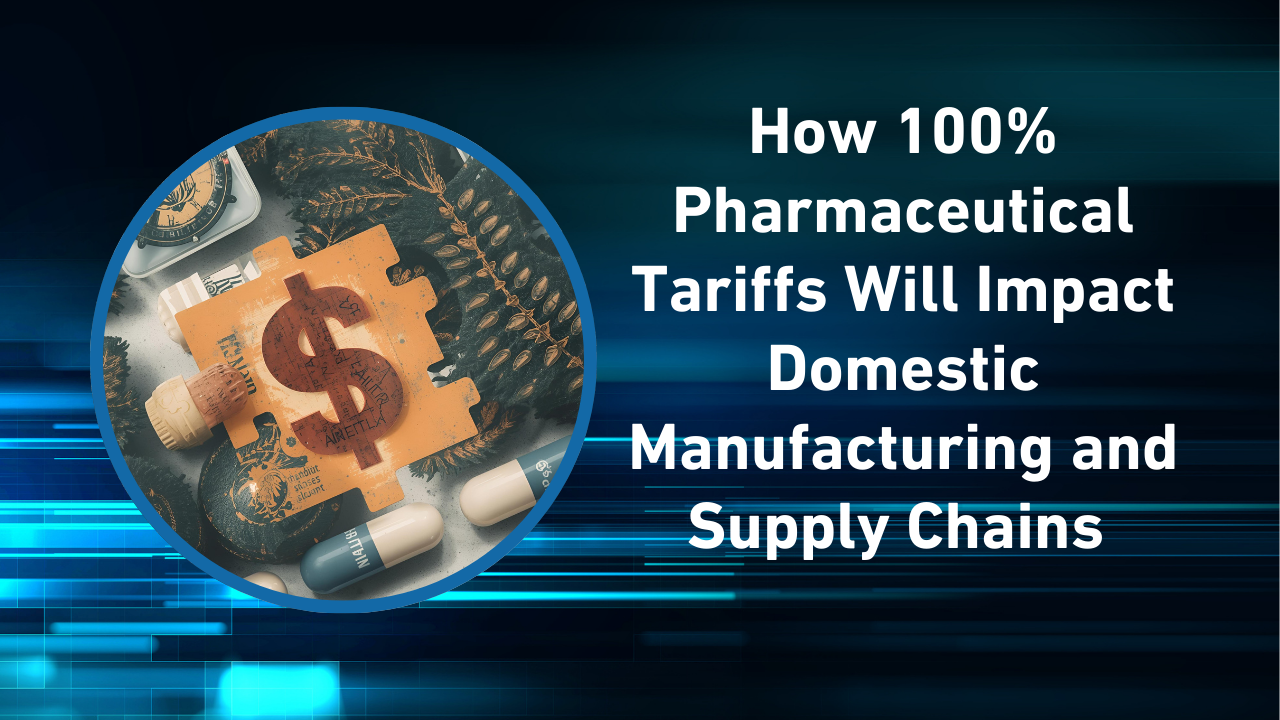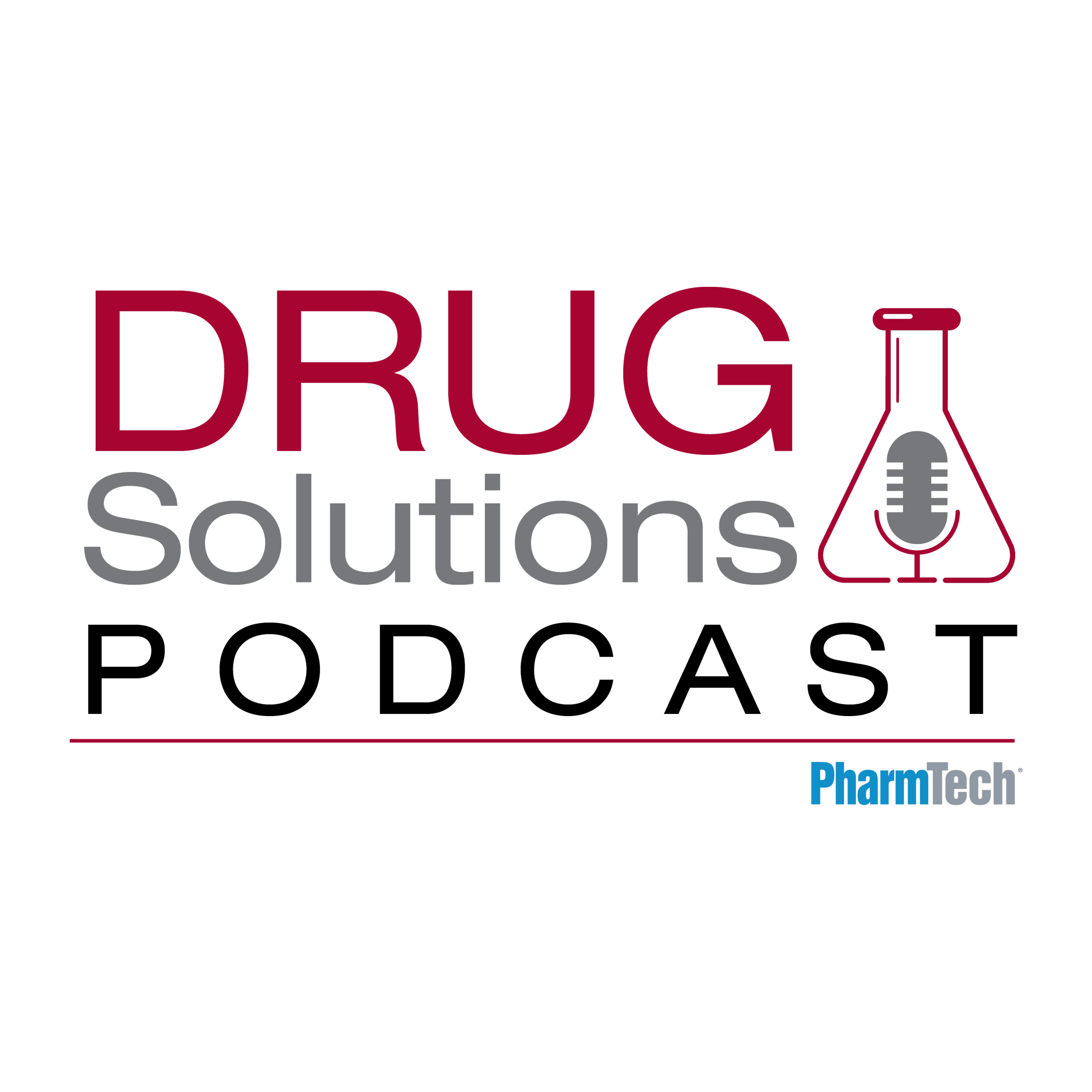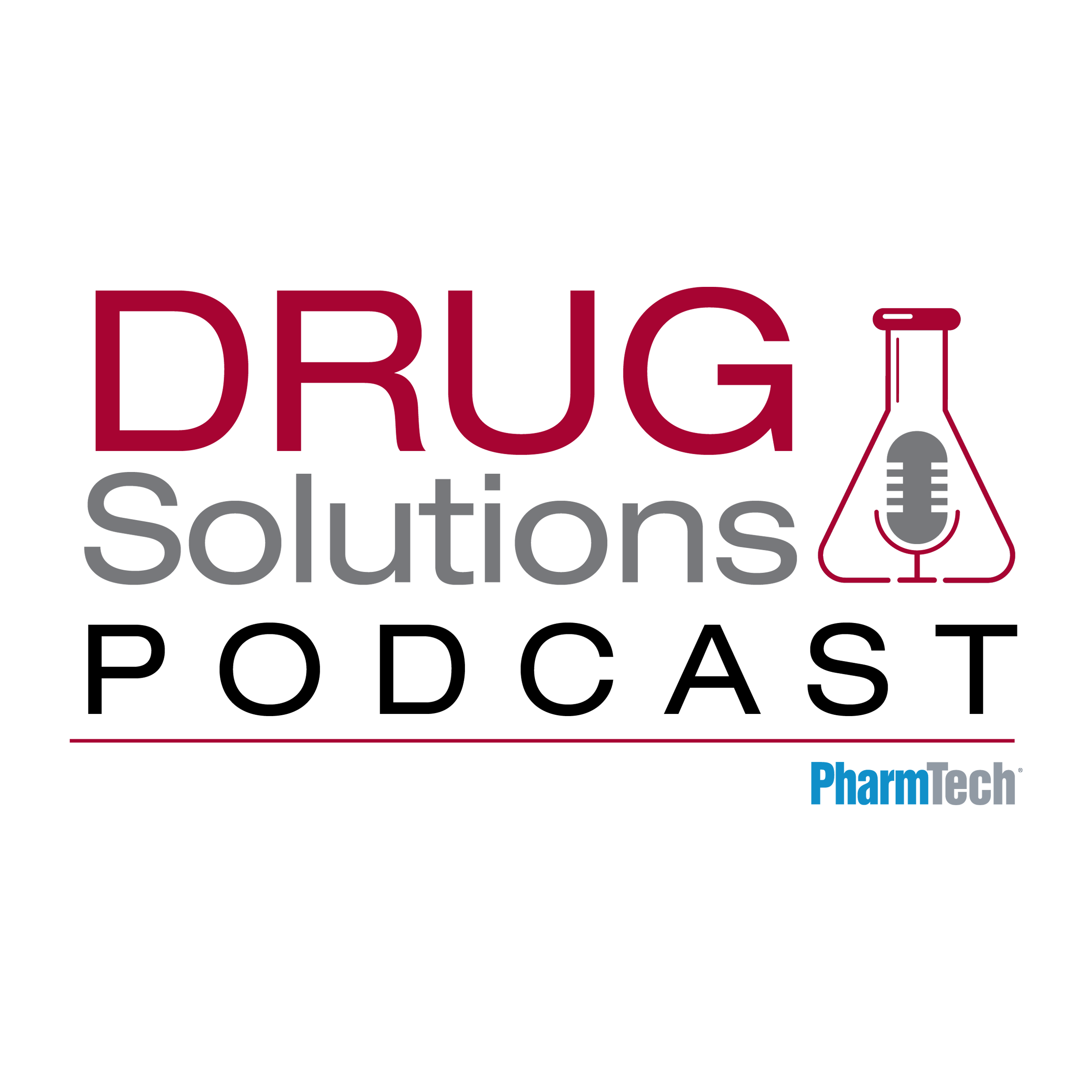Publication
Article
Pharmaceutical Technology
Could Blockchain Improve Pharmaceutical Supply Chain Security?
Author(s):
Advanced digital ledger technologies offer potential solutions, but are still several years away from practical use.
Elnur/shutterstock.com

Advanced digital ledger technology (ADLT), or “blockchain,” the system behind the digital currency, bitcoin, is being used to ensure security and establish provenance in a number of industries. Defined by its inventor, Satoshi Nakamoto, as a peer-to-peer network that timestamps transactions, blockchain “hashes transactions into an ongoing chain of hash-based proof-of-work, forming a record that cannot be changed without redoing the proof-of-work” (1). Advocates believe that use of blockchain could solve some of pharma’s thorniest supply-chain problems and broader healthcare challenges (e.g., secure transmission of sensitive patient data and clinical information).
As the technology becomes better known in pharma circles, a number of potential applications for it are being explored. In June 2017, a survey of 120 life-sciences executives by The Pistoia Alliance found that 83% expected the technology to be adopted within five years (2). Regulatory issues were seen as the greatest hurdle, followed by concerns over data privacy.
Closely associated with blockchain are “smart contracts,” which feature software on a blockchain that defines agreement terms and execution and could, in theory, reduce costs, prevent fraud, and improve connectivity to the Internet of Things (IoT). The Center for Supply Chain Studies (CSCS) in Chicago is currently researching how blockchain might aid efforts to improve supply chain safety, and how it could fit in with the US Drug Supply Chain Security Act (DSCSA)(3).
“When you look at the realities of unit-level traceability in the supply chain, especially for a supply chain the size of that in the United States, there are challenges with data exchange, challenges around trust for sharing data across the supply chain, and challenges for ensuring the immutability of the data associated with a product and the transactions associated with it,” says Brian Daleiden, vice-president of industry marketing at TraceLink, which provides cloud-based solutions for serialization. Daleiden, a member of the CSCS blockchain committee, says that evaluation is still at a very early stage.
Considering the tradeoffs
“We’re still trying to figure out the possibilities for the kinds of data you should put into a blockchain node and what the tradeoffs are,” Daleiden says. In one approach, all product and traceability information could be left in the supply chain so that only trust and identity data would go into the blockchain, he says. One would query the node to find out whom to contact for product or transaction information, he explains.
Alternatively, in an approach seen in the earlier e-pedigree days of the early 2000s, information on product and associated transactions could go into the blockchain node itself, and a smart contract could be used to query information about it. “There can be huge tradeoffs involved with each approach,” he says.
Still working on models
The pharmaceutical industry is still a good year and a half away from understanding the space well enough to be able to articulate a cogent and well thought out model on how blockchain could work for DSCSA, and then it is going to take some field trials, he notes. The CSCS is thinking through some models and working on some testing, but whatever is developed will then require testing and implementation, says Daleiden.
In June 2017 at Johns Hopkins University in Maryland, a conference examined blockchain and its potential in pharma and healthcare. Sponsored by the Institute of Electrical and Electronics Engineers (IEEE), the event featured speakers from one biopharmaceutical company, industry coalitions, academia, vendors, and consultants (4).
After the event, some speakers shared thoughts on where the technology is going with Pharmaceutical Technology. Here is some of what they had to say.
Responding are Bob Celeste, former head of pharma programs for GS-1 and now director of the CSCS; Darryl Glover, chief clinical officer at iSolve; Jim Sabogal, healthcare and life-sciences leader with T-Systems; and Tim Mackey, director of the Global Health Policy Institute and associate professor at the University of California San Diego School of Medicine.
Earlier provisions for provenance
PharmTech: When the California pharma e-pedigree regulations were being developed during the early 2000s, some provisions were made for provenance that might have resembled blockchain. Why weren’t they retained in subsequent requirements for pharmaceutical supply chain serialization and traceability?
Celeste (CSCS): The regulations provided an opportunity to consider new technologies or business practices. Although they did not envision blockchain specifically, they realized there might be additional technological advancements between 2013 and 2023, and didn’t want to tie the hands of FDA or the industry unnecessarily.
Sabogal (T-Systems): Most likely, these requirements were extensions of the Electronic Product Code Information Services (EPCIS) standard a few years back, which is why many think that blockchain would be the best fit for serialization and traceability.
Technical obstacles and trust issues
PharmTech: What do you see as the greatest obstacles to implementation, and how can they be overcome?
Sabogal (T-Systems): Today, there are three main obstacles to implementing blockchain in the pharmaceutical industry. The first is the wide range of blockchain technologies available. There are 17 possible blockchain platforms (5), as well as different versions of blockchain, including Hyperledger Fabric and Ethereum. Most of these will work for pharma in situations that involve a few transactions.The pharmaceutical industry, however, ships thousands of units per day. Startups are coming to the market that claim to offer scalability, which would be useful to pharma in the future.
The other difficulty that pharma has is deciding whether to use a private or a public blockchain. Public clouds mean that your transactions could be viewed on the Internet, so private clouds are most likely to meet the typical pharmaceutical company’s data security needs.
But what about the distributor that provides services across multiple pharma companies? Once the scalability questions are addressed, distributors will have to decide whether they can play in multiple blockchains.
Since regulations put the emphasis on manufacturers, small-to mid-sized distributors and contract manufacturing organizations (CMOs) are at risk because they may not have the means to work in multiple blockchains. This is why adoption is slow at the mid-to-small manufacturer and distributor level. The cost for serialization is already prohibitive for these suppliers.
The most fundamental challenge, however, is the level of trust in the pharma supply chain, particularly between manufacturers and distributors, in terms of running a proof-of-concept (POC). Typically, these firms are at odds with each other, and often the distributor makes money from the data it collects.
Celeste (CSCS): I’d expect the technology to be used first for track-and-trace purposes. Multiple, non-adjacent trading partners need to exchange data. The greatest challenges are: data confidentiality and security; flexibility in allowing data to be shared; scalability, complexity, and cost.
The CSCS’s study addresses all of these areas. It will take a combination of technology maturity, standard interfaces, projecting data governance rules across connected platforms, and industry agreement to use the resulting systems.
Mackey (UC-San Diego): The main obstacles are lack of awareness and education about what blockchain can do, and the fact that data shared in a blockchain can be limited on a permissions basis and can also be limited to simply verifying that a product came from the person who it was supposed to come from (not including any other proprietary data, such as pricing, shipping volumes, or underlining supplier networks). Hence, the main barrier, beyond the fact that we really don’t have much in production that showcases what blockchain can do for pharma, is the issue of data confidentiality and ensuring that proprietary information is not shared or inadvertently disclosed as part of a distributed ledger visible to more than a bilateral relationship.
These barriers can be partially overcome by observing good-use cases in other supply chains that focus on other regulated products, limiting initial blockchain to private and smaller blockchains, and focusing on the use of smart contracts and what they can do in the context of blockchain, instead of focusing on blockchain first.
Glover (iSolve): The greatest obstacle is for the industry to identify what data they wish to collect, the format, and the level of analysis to be completed before they receive it.
Potential first uses
PharmTech: Where might we expect to see elements of blockchain applied first in pharma and life sciences?
Celeste (CSCS): Initially, we can expect to see it used between directly adjacent trading partners as a way of testing, exercising, and gaining value from the technology. It would be used mainly for product traceability and DSCSA compliance.
Mackey (UC-San Diego): There has been a clear maturation of blockchain in clinical trials and good movement in the area of sharing electronic medical record data among different hospital systems for aggregation and looking at macro trends and population health issues. I think the supply chain applications will lag behind these sectors, as inherently there are more mature business models and clear incentives for actors to participate in using the technology.
Sabogal (T-Systems): Real elements of blockchain (i.e., beyond internal proof-of-concept) may be seen in the industry early in 2018.
Glover (iSolve): Meeting the DSCSA and other regulations might prompt companies to adopt the technology, first, to meet the various global deadlines. However, there are now a number of inquiries regarding the application for clinical trials. So, one of these two applications is likely to be first.
PharmTech: If the industry were to move to blockchain for product traceability, what kind of timeline would likely be required, and what changes would be needed?
Celeste (CSCS): The timeline would be measured in years. Although early pilots will take place, an industry-wide agreement will take some time. Also, there are a lot of areas that need to be tested.
Sabogal (T-Systems): At T-Systems, we use IoT devices from our partner, Roambee, to provide real-time global supply chain feedback. Once companies realize that their supply chains would benefit from these devices and the data they provide, it will be easier to put these data in a blockchain.
The Roambee IoT device (called a bee) is currently on the market today based on three use cases:
- Cold chain for temperature monitoring
- Theft/brand protection using global positioning systems (GPS) and global systems for mobile communications (GSM) technology
- Full track and trace.
Many pharma companies are using this device today; while blockchain use cases are still in development, these data can be leveraged. An alternative would be to use blockchain without IoT devices. At that point, the question is about the value of using blockchain. I would suggest that companies using IoT for their pharma supply chain today reap the benefits of real-time feedback on their shipments. So, if there is a delay in blockchain technology adoption, they can still meet some of pharma’s traceability regulations.
Glover (iSolve): Assuming that an organization already has the capability to serialize data, the steps that would be required are: Conducting an assessment and identifying all of the potential trusted partners, existing systems and processes, and requirements for data transfer; designing a proof of concept with only a few business partners; developing the solution by testing a prototype; deploying the solution to production.
PharmTech: How could it be used for clinical data transfer?
Mackey (UC-San Diego): Clinical data transfer in the context of supply chains, such as applications touching patient data, or even tracing back product dispensing to end users for recalls, is a tricky issue. Once a pharmaceutical blockchain touches patient data, then disparate privacy and data sharing frameworks (such as the US Health Insurance Portability and Accountability Act [HIPAA] and EU General Data Protection Regulations [EU GDPR]) will be triggered, adding more regulatory complexity. At the start, blockchain for the pharma supply chain should be limited to traceability of product, and not attempted for full end-to-end solutions for post-market surveillance or assessing clinical care or quality outcomes.
Sabogal (T-Systems): At T-Systems, we see a key benefit in using blockchain technology from a data security perspective for clinical trial supply management. By controlling supplies from manufacturer to patient, each patient in a clinical trial could have his or her own blockchain file with relevant patient data. Alternatively, one could use blockchain for exchanging clinical data between a patient and a drug trial, but commercial electronic data collection (EDC) systems already do this (e.g., products from Medidata).
Celeste (CSCS): Both clinical and DSCSA data have similar requirements, challenges, and potential solutions.
Glover (iSolve): Clinical data applications could be a strong use for blockchain technology. In this case, regulators and study sponsors would be assured that the data provided came from a specific patient and that any changes made to the data at the clinic site could be red flagged for further review. Moving data more efficiently from site to the contract research organization would facilitate data analysis and would most likely shorten clinical trials. Finally, by assigning patients digital IDs, it would become possible to ensure that the same patient does not enroll in multiple trials simultaneously or within a short period of time.
References
1. S. Nakomoto, “Bitcoin: A Peer-to-Peer Electronic Cash System,” bitcoin.org, www.bitcoin.org/bitcoin.pdf
2. “Survey Reveals that Blockchain Will be Adopted Within Five Years,” pharmtech.com, June 26, 2017.
3. Center for Supply Chain Studies, Blockchain Study Team Resources.
4. A. Shanley, “Conference Finds Blockchain is Still Years Away from Use in Pharma,” pharmtech.com, July 14, 2017.
5. R. Nagpal, “17 Blockchain Platforms-a Brief Introduction,” medium.com, April 2017.
Article Details
Pharmaceutical Technology
Supplement: Outsourcing Resources
Vol. 41
August 2017
Pages: s34-s39
Citation
When referring to this article, please cite it as A. Shanley, "Could Blockchain Improve Pharmaceutical Supply Chain Security?," Pharmaceutical Technology Outsourcing Resources Supplement (August 2017).
Newsletter
Get the essential updates shaping the future of pharma manufacturing and compliance—subscribe today to Pharmaceutical Technology and never miss a breakthrough.






